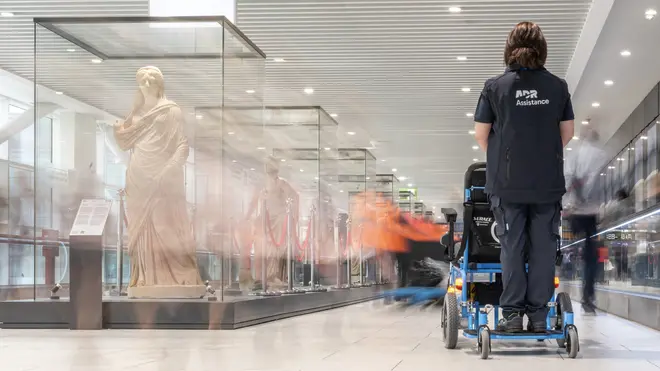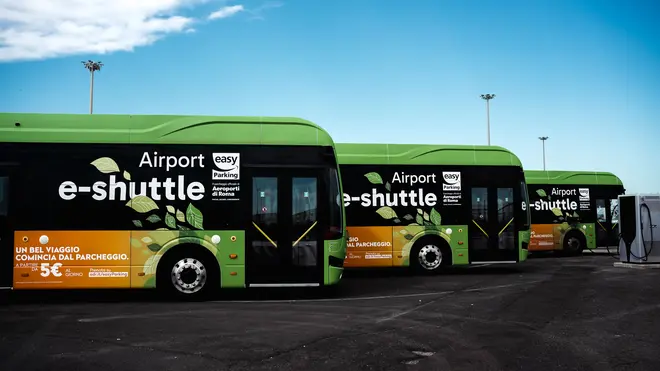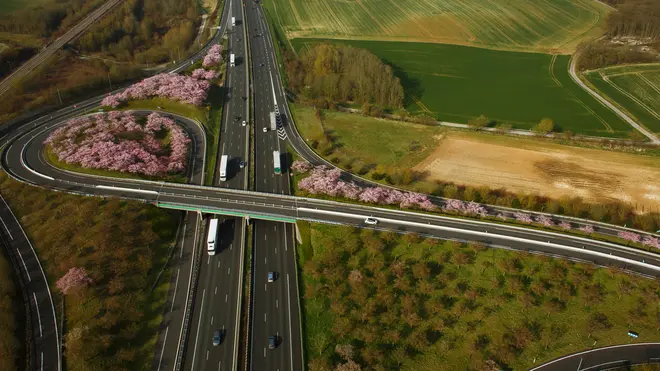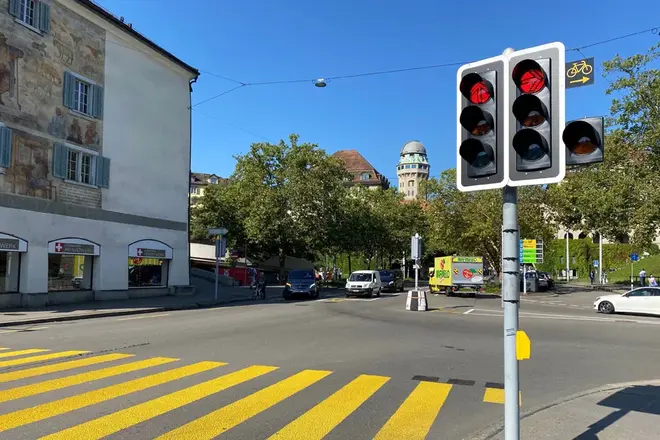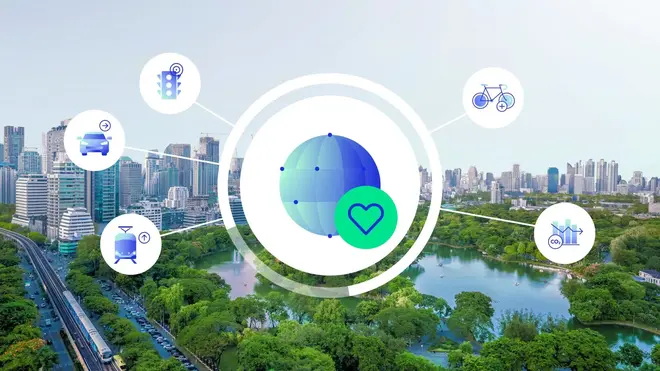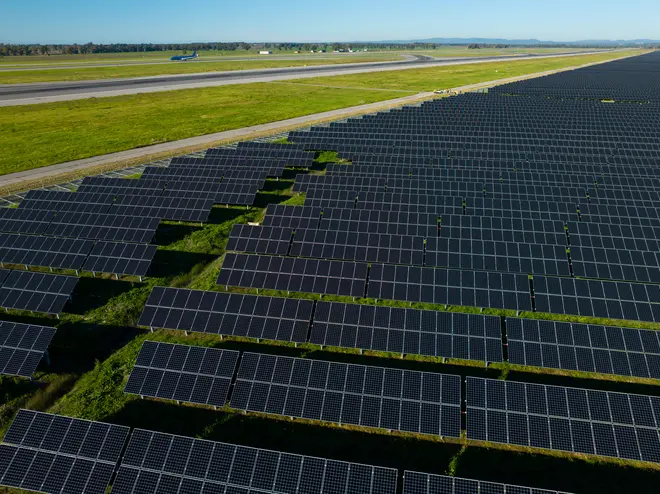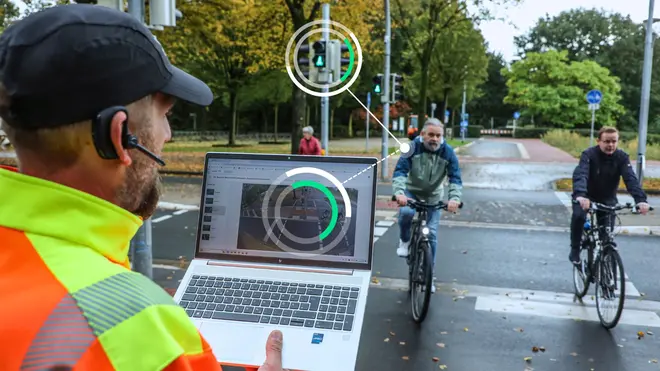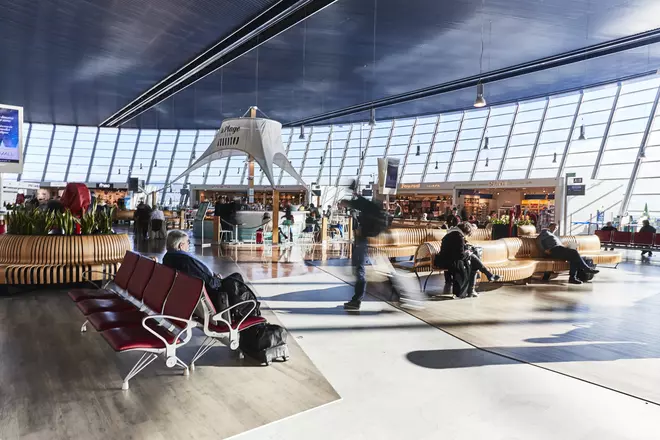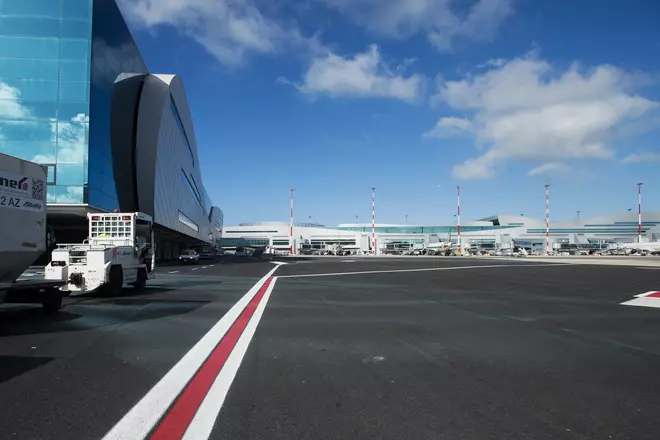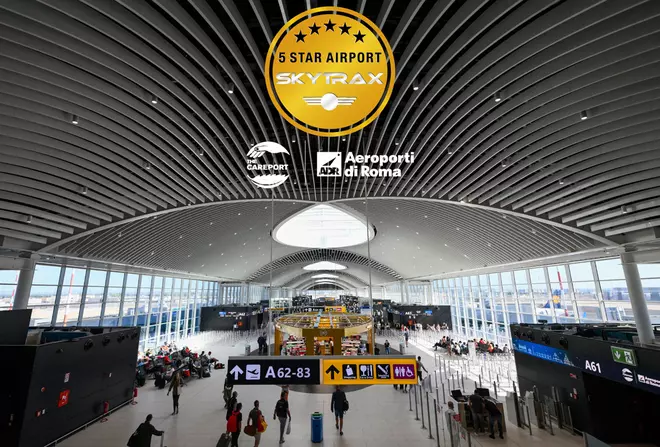
The mobility ecosystem is rapidly evolving today — under pressure from increased urbanization, the need to reduce greenhouse gas emissions, and technology breakthroughs like connected vehicles and short-range electric aircraft. Mobility consumers are changing too — shopping online, buying fewer cars, and expecting more customizable, on-demand services. Meanwhile, on the supply side, the mobility landscape has become more fragmented, as digitally focused new entrants jostle with traditional infrastructure managers for investment and market share.
And that creates immense pressure to reshape the mobility ecosystem to better meet the needs of tomorrow and make it more sustainable.
Together with Oliver Wyman, we have identified nine “mega-trends” that could be disruptive to the future evolution of the mobility ecosystem. Many involve rising technologies that could provide new avenues for mobility, such as space-based technologies, while others involve the need to better use urban space, improve customer experiences, and support the transition to more sustainable and equitable mobility access.
Here are the nine trends:
- Growing competition for urban space
- Smart devices and infrastructure
- Sustainability oriented regulation
- Digitally enabled services
- Defense-to-civilian technology transfer
- Sustainable energy and fuels
- Connected and autonomous vehicles
- Space-based technologies
- Artificial intelligence as a business disruption
With so much changing in the mobility space over the next decade, the challenge for mobility players is to identify the smartest opportunities for their investment and effort. Here are some factors to consider that can help players choose the most promising role:
Changing boundaries in the mobility ecosystem. Industries appear to be progressively converging on multimodal solutions to satisfy complex customer needs. But what was once solely the domain of pure transportation incumbents has now opened up to players from different sectors with the ability to leverage their technology know-how and relationships with mobility consumers.
Expanding service offerings. For mobility players, the key appears to be looking beyond traditional transportation services and integrating a broader range of solutions. For example, in the context of declining car ownership, car companies will likely need to combine the capabilities of a tech company, an energy company, and a service company to provide consumers offerings that take the place of ownership. Thus, stakeholders should look to identify synergies and opportunities for collaboration across different sectors. This collaborative approach enables the pooling of resources, expertise, and innovation, leading to more efficient and sustainable solutions in response to evolving customer needs.
Coordinating support from public and private spheres. Public funding is important — such as the European Union's Recovery Fund, which has allocated approximately $20 billion to boost the sales of electric vehicles — but won’t be enough on its own. Private corporations have a crucial role to play in driving innovation and bringing new technologies to support mobility to the market. Public-private partnerships have emerged as a valuable tool to bridge the gap between public funding and private sector expertise, fostering collaboration and accelerating progress. To guarantee a successful transformation of mobility, clear frameworks of risk allocation and support to innovation are necessary, also leveraging blended finance and other innovative financing schemes. Blended finance, such as the strategic use of public funds to attract private investors by reducing their risk exposure, is particularly impactful, as it lets investors with different risk tolerances participate in the same project. By working together, governments and private corporations can create a mobility ecosystem that is accessible, environmentally friendly, and capable of meeting the evolving needs of society.
Creating more supportive policies for the mobility transition. The right systemic policies encouraging carbon neutrality, resiliency, and energy security — at all levels of government — are urgently needed to promote innovation and competitiveness and unlock market opportunities. Local policies play a crucial role in addressing specific needs and challenges within a particular region, but systemic policies provide a broader and more cohesive approach to fostering the future of mobility. Systemic policymaking can harmonize standards, promote interoperability, and facilitate the seamless integration of different modes of transportation across jurisdictions. It also can encourage collaboration and knowledge-sharing among different stakeholders, including governments, industry players, and technology providers.

